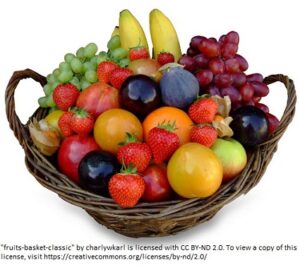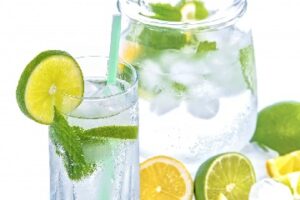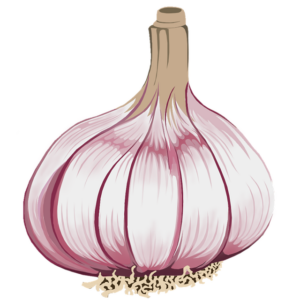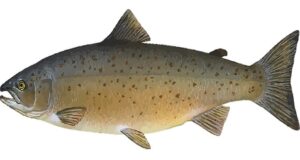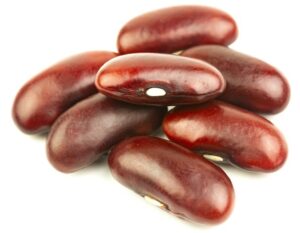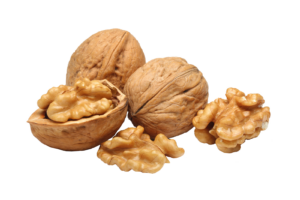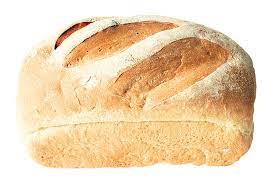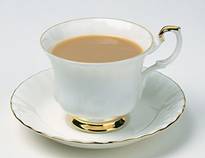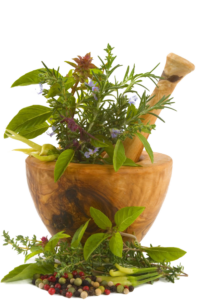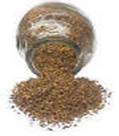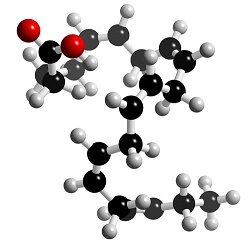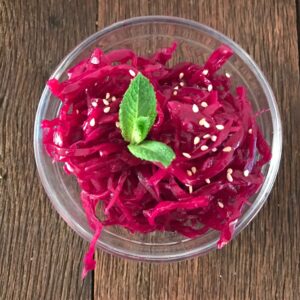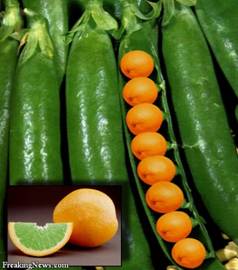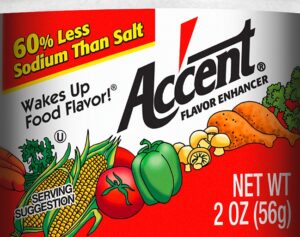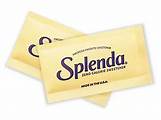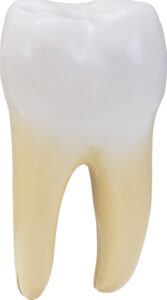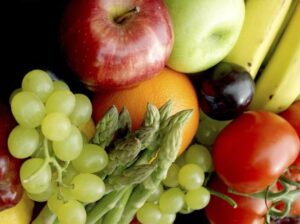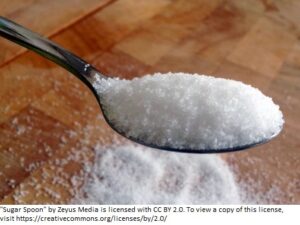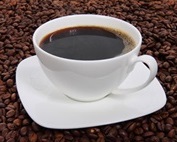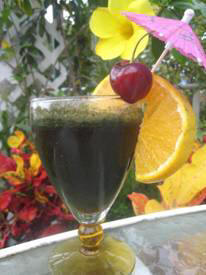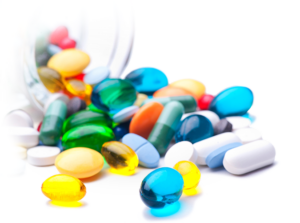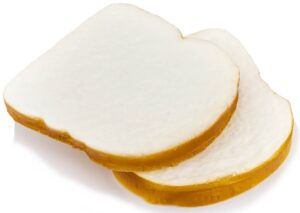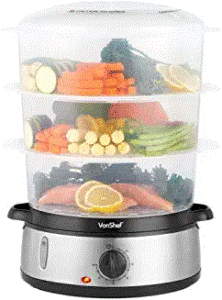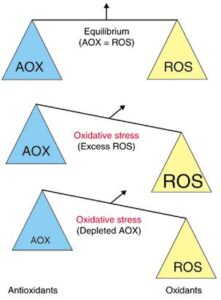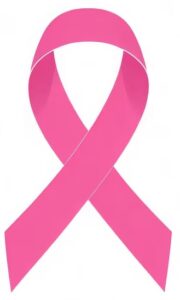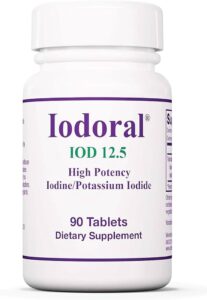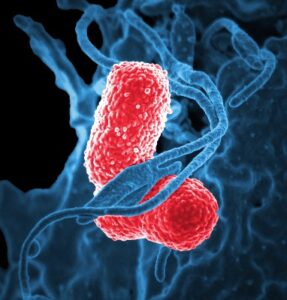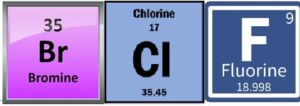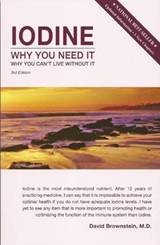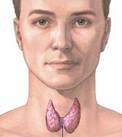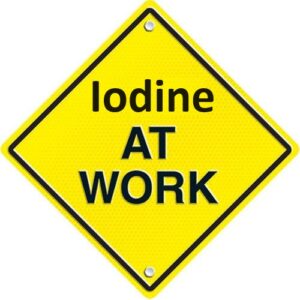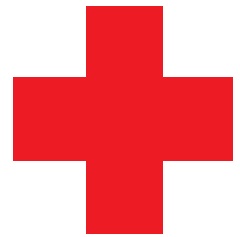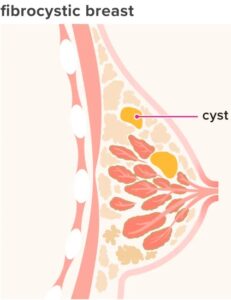
"Iodine Fix"💡 - How to supplement iodine for whole body sufficiency
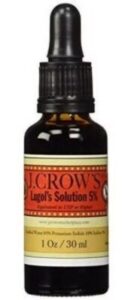
Unfounded fear of iodine supplementation is having deathly consequences
High level iodine supplementation may be the safest, simplest, most effective and least expensive way to solve the healthcare crisis currently crippling our nation. Supplementation is with INorganic, NON-radioactive forms of iodine, in daily amounts of iodine for WHOLE body sufficiency and properly monitored.
According to Guy E. Abraham, MD, former professor of endocrinology and perhaps the world’s most knowledgeable expert on iodine and the thyroid: “Medical iodophobia has reached pandemic proportions. It is highly contagious and has wreaked havoc on the practice of medicine and on the U.S. population. More misery and death in the U.S. may have resulted from [medicine’s unwarranted fear of iodine] than from both World Wars combined.”
Dr. Abraham has studied iodine therapy in high doses in over 4,000 people. He published his findings in a document entitled “The Iodine Project”, completely dispelling the myth and fear of iodine therapy by the mainstream medical profession.
The goal is to attain whole body sufficiency of iodine
This requires a daily intake of AT LEAST 3 milligrams (mg). Collective experience of 3 generations of clinicians has determined the 3 mg daily dosage to be the most effective minimum amount of iodine / iodide for treating symptoms of iodine / iodide deficiency in today’s world with its iodine-competing goitrogens (i.e. chlorine, fluorine, bromine)
This therapeutic goal necessitates the use of an iodine supplement. Milligram amounts of iodine are not easily obtained from food, unless you regularly eat seaweed.
Supplements should contain both iodine and iodide
Because different tissues concentrate different forms of iodine, it is ideal to use a supplement that contains both iodide and iodine for all-over benefit.
Choices of iodine/Iodide supplements
| Form | Information | Prevalent In | |
|---|---|---|---|
Iodine (I2) | Oxidized /Elemental form | Halogen (member of Group 17a in the Periodic Table), and like other halogens forms diatomic molecules (2 atoms bonded together) | Breast, prostate, stomach cells, ovaries |
Iodide (I–an ion) | Reduced /Salt form | Iodide atom with a −1 charge. Compounds with iodine in formal oxidation state −1 are called iodides. This includes ionic compounds such as cesium iodide or covalent compounds such as carbon tetraiodide (CI4). Other examples are hydrogen iodide, sodium iodide (NaI), potassium iodide (KI), silver iodide (AgI)and nitrogen triiodide (NI3). | Thyroid gland, salivary glands, skin |
Both | Kidneys, spleen, liver, blood, salivary glands, intestines | ||
Thyroid gland functions better when iodIDE is included. Endocrinology textbooks state that ingestion of only iodine is sufficient without iodide, since it is converted into iodide in the intestines, but a study using both iodine and iodide indicates that the thyroid gland functions better when iodide is included. (The thyroid gland and the skin contained significantly more iodide / iodine when rats were fed with iodide compared to when fed with iodine; whereas the stomach walls and stomach contents had a significantly greater level of iodine/iodide in iodine-fed rats than iodide-fed animals, questioning the view that iodide and iodine are interchangeable). (Thrall & Bull, 1990)
How much iodine / iodide are we consuming?
The U.S. RDA for iodine is 150 micrograms (mcg or μg). Introduced in 1980’s, this RDA was based on data from endocrinologists concerned solely with the amount of iodine/iodide needed to prevent goiter, hypothyroidism, and extreme stupidity, and does not take into account the body’s other iodine requirements. According to Dr. David Brownstein, M.D. author of “Iodine: Why You Need It Why You Can’t Live Without It, the current RDA of 150 mcg (1 mcg = 1 thousandth of a milligram) is woefully deficient for supplying iodine sufficiency to the body
Average U.S. consumption of iodine in 2000, was 240 to 300 μg/day for men and 190 to 210 μg / day for women
Japanese iodine consumption is higher than in the U.S. at around 1-3 mg / day. Zava, T. T., & Zava, D. T. (2011). Assessment of Japanese iodine intake based on seaweed consumption in Japan: A literature-based analysis. Thyroid research, 4, 14. doi:10.1186/1756-6614-4-14 Japanese women experience one of the lowest prevalences for breast, ovarian and uterine cancer;
The need for high amounts of iodine does not seem to fit with the fact that the earth’s soil contains very little iodine. Unless a catastrophic event took place that somehow depleted the earth’s content? – – – One explanation lies in the biblical account of the worldwide flood some 4500 years ago. Mountainous areas would have had fast-moving receding waters that could have washed the topsoil away, depositng its minerals into the seas and deep in the earth. Brines associated with oil-wells and natural gas deposits have high iodine content (of which, brines in Japan accounted for >50% of the world’s 1977 iodine production);
General guidelines for iodine dosage
For general health maintenance. An intake of a minimum 3 mg iodine / day, supplied as a combination of iodine and iodide, is likely to be healthful.
More iodine needed during pregnancy / lactation. Iodineis the only compound of significance during early pregnancy which can pass rapidly through all tissues of the fetus without the aid of any blood vessel or lymphatic transport. It could be that not only does iodine control natural cell death (apoptosis) in the fetus but may also influence stem cell development.
Iodine requirement increases with exposure to iodine antagonists (halogens). Iodine requirement depends on the individual’s goitrogenic load. Examples of halogens include bromine, fluorine, and chlorine (typical in the Western world today).
For people with lower organ dysfunction and in greater need of optimization of body iodine stores. Intakes up to 50 mg per day can be consumed safely until whole body sufficiency is met, and then cut back to a daily maintenance dose of 3mg .
A daily intake of 6 mg iodide required for sufficiency of the thyroid gland alone, without considering the rest of the body. According to calculations by Dr. Abraham’s research group. (Abraham et al, 2002)
There is no one-size-fits-all approach to iodine supplementation, since everyone’s needs are different.To help you determine your ideal dosage:
How to use Lugols solution / Iodoral
Dr. Guy Abraham’s optimum iodine intake
Dr Guy Abraham’s optimal daily requirement for iodine is around:
- 6 mg IODIDE / day for the thyroid gland. The first in line for any available iodine;
- ~5 mg /day for the mammary glands (breasts). More for women heavier than 110#, or with large breasts, less for men;
- The rest of the body needs ~2 mg / day – such as adrenals, thymus, ovaries hypothalamus, pituitary, others. (http://www.optimox.com/pics/Iodine/IOD-02/IOD_02.htm)
Long-time recommended daily intake for iodine/iodide supplementation was 2 to 6 drops of Lugol solution containing 12.5 to 37.5 mg total iodide. A dose of 0.1 ml (~2 drops) of Lugol’s solution contains 5 mg iodine and 7.5 mg iodide as the potassium salt, according to Dr. Abraham – the near perfect total amount of iodine and ratio of iodine to iodide, for sufficiency of the thyroid, mammary glands and rest of the body;
The 1-3 mg iodine daily Japanese intake would be handling the toxins from their heavy seafood consumption (Many of the types eaten being from the water “clean-up crew”, without fins and scales e.g. shellfish). On the other hand, the Western population need the iodine to deal with the now high (but previously uncommon) exposure to halogens (bromine, chlorine, fluorine) in their diet and environment.
Safety record is 6 grams IN-organic (i.e. not organic) iodine /day. Daily amounts of up to 6 g /day of INorganic iodine have been safely taken by large groups of patients for several years. It is important however to emphasize that this safety record only applies to INorganic and non-radioactive iodine/iodide, not to organic iodine-containing drugs and to radioactive iodides (radioiodides). Obtaining high doses of organic iodine from seaweed and organic iodine supplements, have sometimes resulted in toxicity problems. Dr. Abraham contributes this, not to the iodine, but to excess doses of the molecule to which the iodine i is attached.
How / when to take iodine?
Iodine should be taken with food. Minimizes any discomfort for those with sensitive stomachs
Take iodine earlier in the day. May be energizing for some and keep them awake at night if taken later
Support nutrients needed for iodine supplementation
Commonly deficient magnesium, vitamin C and selenium are especially important. Dr. David Brownstein says it is best to correct magnesium and Vitamin C before beginning iodine supplementation.
Required nutrient support for iodine supplementaton
Also, if an acidic condition is present, you should correct the pH imbalance. Achieved by eating whole foods and eliminating refined foods. Iodine itself is also an alkalizing agent for the body.
Iodine can be administered via a nebulizer
This method is particularly useful for lung infections.
Iodine supplementation for animals
Iodine helped mares to breed. Iodine used successfully for mares that would not breed or had cystic ovaries. Dose was just a few drops of Lugol’s solution in their water buckets over 2 to 3 months. Folk Medicine, Jarvis
References
Abraham et al (2002) Orig. Int., 9:30-41;
Thrall K and Bull LU (1990) Differences in the distribution of iodine and iodide in the Sprague-Dawley rat, Fundamental and Applied Toxicology PubMed
The Safe and Effective Implementation of Orthoiodosupplementation In Medical Practice
https://www.advance-health.com/HypoThyroid.html
https://www.altcancer.com/lugols.htm
“Folk Medicine”, by J.C. Jarvis, M.D. Henry Holt & Co., 1958



